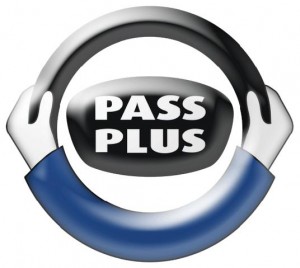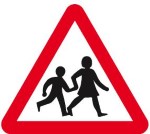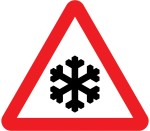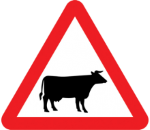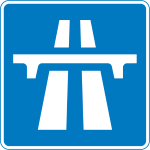the initiative for fraud prevention at dvsa marches on.
Fraudsters putting unqualified drivers on Britain’s roads – and putting your life at risk
Some of these ‘danger drivers’ use forged licences, others pay crooks to take the test for them – a single fraudster put 84 unqualified drivers on the road
Crime: The scandal was laid bare in a shocking ITVdocumentary last night at 10.35 on ITV.
Thousand of unqualified drivers are putting lives in danger on our roads. They have never passed any driving test , theory or practical. Many have no clue about the Highway Code and little or no experience of driving. And once they have their paperwork and their keys in the ignition they have a licence to kill.
And a third group bribe corrupt examiners to give them an undeserved pass.
Exposure: Who’s Driving on Britain’s Roads? showed that driving while unqualified is not just dangerous in theory – it kills innocent people.
So who are these crooks taking cash to put millions of people at risk?
One is Sara Gellner-Ward, of High Wycombe, Bucks, who was caught on CCTV turning up at test in place of learners who had paid her up to £1,500 a time. When police raided her home they found credit card bills for nearly 40 tests she had booked in just three months.
Her accomplice Christopher Buckland, of nearby Aylesbury, went to centre’s in Derby and Grantham on the same day to take theory tests for other people. The gang admitted arranging 382 driving tests and the pair were convicted of conspiracy to defraud the Driving Standards Agency and jailed for two years.
Even more audacious was Gageen Singh, a disqualified drink-driver who travelled all over Britain impersonating candidates for the theory and practical driving tests. He charged £3,000 a time and for that they got a master of disguise who tailored his clothes and his headgear to suit the person he was impersonating. He might turn up in a turban, a flat cap or a wig or even grow a full beard to match the photograph on the provisional licence.
When the DSA tracked him to his Surrey home they found £51,700 in cash and a paper trail that showed he sent between £5,000 and £9,000 to India every month. He’s the man who single-handedly put 84 unqualified drivers on to Britain’s roads.
Singh was convicted on nine charges of fraud, jailed for 14 months and banned from driving for two years.
But not all fraudsters operate outside the system.Driving examiners Bushra Chughtai and Andrew Cursley from Nuneaton, Warks, used their privileged position to charge candidates £1,000 for a guaranteed pass no matter how badly they drove. In an elaborate scam they were fed carefully vetted candidates by driving instructor Mahomed Ibrahim. Some “learners” did not even have to turn up to pass.
Chugtai gave the green light to one candidate who had collided with a parked car.
Cursley passed another despite having to grab the steering wheel and swerve back to the right side of the road during the test.
When they were caught, Chugtai was jailed for three years, Cursley for 18 months and Ibrahim for 15 months.
That landmark case also saw seven of the candidates who bribed them jailed for up to six months and 39 fraudulent licences revoked.
Crooked translators have been caught cashing in too.
They are employed to translate the theory test into more than 100 foreign languages for 2,000 candidates a year. For some in Birmingham’s Chinese community, Mandarin translator Peter Hui, 55, became the go-to-guy for a guaranteed theory pass. For up to £3,000 he even helped candidates cheat their way through their theory test for driving a bus. He was eventually caught when DSA inspectors became suspicious of his high pass rate.
They hired an independent Mandarin translator who quickly spotted his system. Hui was found to have raked in £37,500 from the scam and was jailed for 12 months.
DSA inspector Elaine Rabbitt said: “If you haven’t taken your test properly then you’re not safe on the road. It’s like a killer behind the wheel.” Her colleague Gareth Edwards emphasised that cheating on the theory test is an extremely serious offence in itself.
“These people who are passing could be driving their kids to school,” he said.
“Or they could be driving 40-tonne lorries down the M6, so it’s really important to have the right knowledge to drive the vehicle safely.”
Since 2004 the DSA has revoked 3,000 driving licences, but they face a constant battle to find the crooks before they do real harm.
In 12 months to June last year more than 1,700 people were killed and 185,000 injured on Britain’s roads.
Some were victims of unqualified drivers, but there are no official figures to show how many.




